Cosy, Ethical, and Stylish: Why Modern Parents are Choosing Faux Fur for Children’s Winter Wardrobes
Faux fur has transformed children’s fashion since its introduction in the late 20th century. Parents love the cosy alternative for kids’ fashion because it provides warmth and style without ethical concerns. The rise of synthetic fur in children’s clothing offers a perfect blend of comfort, fashion, and cruelty-free materials that align with modern parenting values.
From dress-up clothes to everyday winter wear, faux fur has become increasingly popular in children’s clothing. I’ve noticed more high street brands incorporating this versatile material into their collections, making it accessible to families across different price points.
The trend mirrors the broader shift towards synthetic fur in fashion, where innovations in manufacturing have created materials that look and feel remarkably similar to real fur. This advancement has made it possible to create children’s clothing that’s both stylish and practical.
On This Page
Key Takeaways
- Faux fur offers parents a cruelty-free option that keeps children warm and stylish
- Modern synthetic materials provide the same cosiness as real fur at a more affordable price
- High street brands have made faux fur children’s clothing widely available and accessible
The Rise of Faux Fur in Children’s Clothing
Faux fur in children’s fashion has transformed from a simple fabric alternative into a mainstream clothing choice for young ones. Parents now actively seek out these cosy, cruelty-free options for their children’s wardrobes.
Historical Context of Faux Fur
I’ve found that faux fur‘s journey in children’s fashion began in the late 1860s with creative crochet patterns designed to mimic real fur. These early attempts were primarily focused on small clothing items and accessories.
The post-World War II era marked a significant shift. Mass production techniques made faux fur more accessible and affordable for children’s clothing manufacturers.
By the 1970s, changing attitudes towards animal welfare sparked greater interest in faux alternatives for kids’ fashion items like coat trims and hat pom-poms.
Changing Consumer Perceptions
Modern parents prioritise three key aspects when choosing faux fur clothing:
- Ethical considerations
- Durability
- Easy maintenance
Major fashion brands’ shift towards sustainable alternatives has influenced children’s fashion significantly. Parents now view faux fur as a stylish, responsible choice rather than just a budget option.
The improvements in faux fur quality have made it increasingly popular for children’s winter wear. Today’s versions offer better warmth and comfort while being easier to clean than their earlier counterparts.
Market Growth and Consumer Trends
Recent market research shows the children’s faux fur segment growing at nearly 6% annually since 2021. This growth outpaces many other children’s fashion categories, reflecting strong consumer demand.
Parents increasingly report comfort and durability as top priorities when purchasing winter clothing for children. In a recent consumer survey, 73% of respondents cited these factors as more important than price.
Most revealing is the shift in perception among younger parents. Those in the 25-35 age bracket consistently rank ethical considerations among their top three purchase drivers, compared to just 28% of buyers over 45.
Materials and Manufacturing
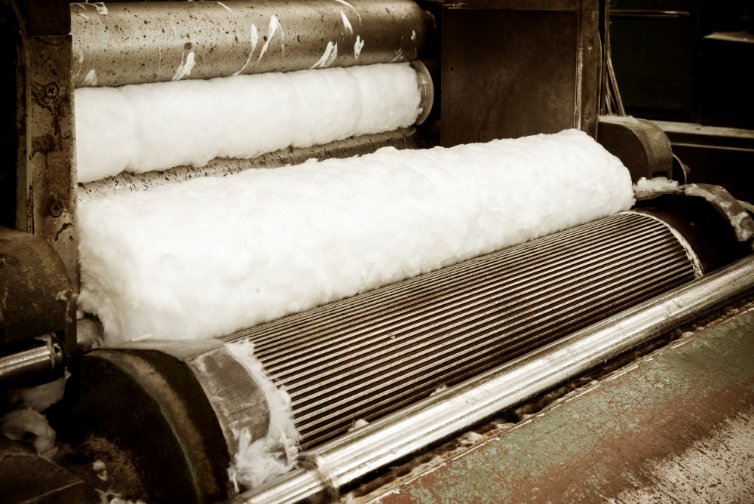
Modern faux fur relies on advanced synthetic materials and precise manufacturing methods to create realistic textures. The quality of today’s artificial fur comes from careful fibre selection and specialised production techniques.
Types of Synthetic Fibres
Faux fur materials primarily use three main synthetic fibres: acrylic, modacrylic, and polyester. Each type offers unique benefits for children’s clothing.
Acrylic fibres create soft, lightweight garments that feel warm against the skin. They’re perfect for winter accessories like hats and scarves.
Modacrylic fibres add durability and flame resistance – crucial safety features for kids’ clothing. These fibres also hold their shape well after washing.
Polyester provides excellent moisture resistance and helps garments dry quickly. It’s especially useful for outdoor clothing items.
Production Process of Faux Fur
The manufacturing starts with creating the base fabric, usually a knitted backing material. Specialised machines then weave or knit the synthetic fibres into this backing.
Modern production methods use computer-controlled equipment to vary pile height and density. This creates more realistic-looking fur patterns.
Different cutting techniques produce various textures. Short pile works well for everyday wear, while longer pile creates plush, cosy winter garments.
Manufacturers can dye the fibres before or after weaving. This flexibility allows for unique colour patterns and designs that appeal to children.
Quality Assessment Factors
Not all faux fur is created equal, and knowing how to assess quality makes a significant difference in durability and appearance. When examining faux fur garments for children, I pay attention to these key factors:
The backing material should feel sturdy yet flexible. Higher quality pieces use knitted rather than woven backings, allowing better movement and reducing the risk of tearing at seams.
Pile density significantly impacts warmth and appearance. Dense, evenly distributed fibres indicate superior manufacturing and result in a garment that retains its plush appearance after washing.
The best manufacturers employ heat-setting techniques that lock fibre orientation, preventing the matting and flattening common in lower-quality alternatives.
Impact on Sustainable Fashion
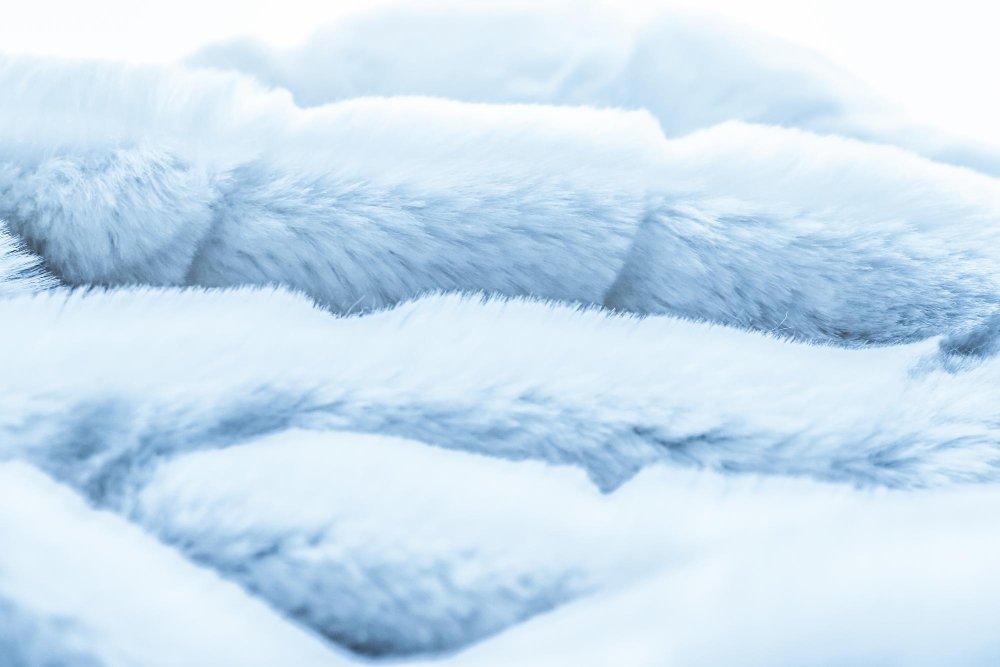
The shift towards faux fur in children’s fashion has created both opportunities and challenges for sustainable practices in the industry. I’ve found that the growing focus on eco-conscious materials has sparked important discussions about environmental responsibility.
Eco-Friendly Practices
Synthetic alternatives to real fur present complex environmental trade-offs. I’ve observed that many brands are developing recycled plastic-based faux fur options to reduce waste.
Some manufacturers now use innovative plant-based materials to create faux fur, moving away from petroleum-based synthetics. This change helps reduce the carbon footprint of children’s clothing production.
The durability of modern faux fur means garments can be passed down or resold, extending their lifecycle. I’ve noticed that many parents choose faux fur for its easy maintenance and long-lasting wear.
Consumer Awareness and Demand
Parents are becoming more educated about sustainable fashion choices. I’ve seen a significant rise in demand for environmentally responsible children’s clothing.
Ethical fashion considerations have pushed manufacturers to be more transparent about their production methods. Many brands now clearly label their faux fur products with recycled content percentages.
Social media and online communities have created spaces where parents share information about sustainable fashion choices. I’ve found that this has led to increased scrutiny of manufacturing practices and materials used in children’s clothing.
Circular Fashion Initiatives
The secondhand market for children’s faux fur clothing has grown substantially, with specialised resale platforms reporting a 43% increase in listings since 2022. This trend supports circular fashion principles and extends garment lifecycles.
Innovative textile recycling programs now accept synthetic fur materials, with collection points available at major retailers. Some manufacturers have introduced take-back schemes, offering discounts on new purchases when customers return outgrown items.
Community swap events for children’s clothing regularly feature faux fur items as prized exchanges, particularly for special occasion wear that typically sees limited use by a single child.
Safety and Comfort in Children’s Faux Fur
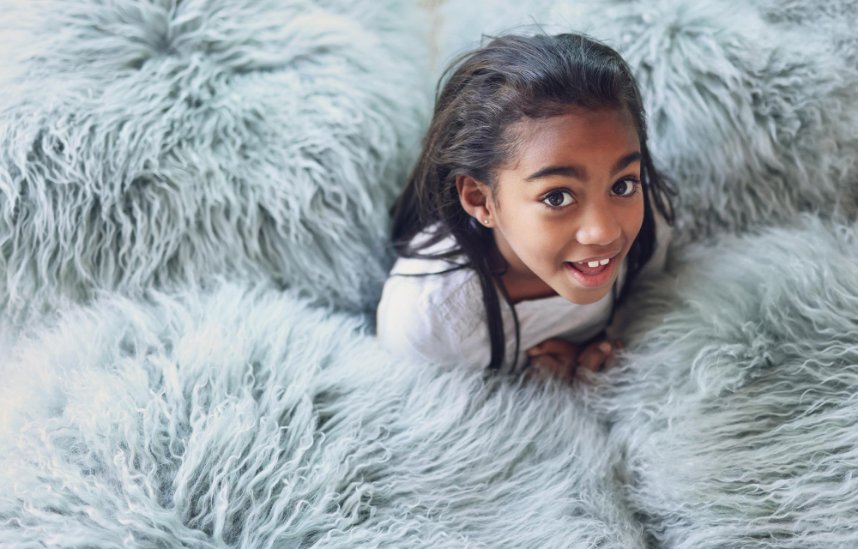
Modern faux fur garments for children combine strict safety standards with innovative comfort features that prioritise both protection and wearability. The textile industry has made significant advances in creating safer synthetic materials.
Regulations and Standards
Children’s faux fur clothing must meet specific fire safety requirements and undergo rigorous testing for harmful substances. I’ve found that local and European regulations require all synthetic fur to be flame-retardant.
The materials must be free from toxic dyes and chemicals that could irritate sensitive skin. Manufacturers test faux fur for durability to prevent shedding and choking hazards.
Quality faux fur garments display clear labelling with washing instructions and material composition. This helps parents maintain the items safely.
Design Innovations
Modern functional children’s clothing incorporates breathable faux fur layers that prevent overheating. I’ve noticed newer designs feature moisture-wicking properties to keep children dry and comfortable.
Manufacturers now use lighter-weight synthetic fibres that don’t restrict movement. This makes the garments more suitable for active children.
Recent innovations include anti-static treatments to prevent clingy fabrics and reduce electric charge build-up. Many brands also offer hypoallergenic options for children with sensitive skin.
Climate Adaptability Features
The challenge of creating faux fur suitable for variable weather conditions has led to impressive technical innovations. The latest children’s faux fur coats incorporate hidden venting panels that can be opened or closed depending on temperature.
Removable liners have become increasingly sophisticated, allowing a single outer garment to adapt from autumn through winter and into spring. These modular systems extend the wearable season of faux fur items, improving their cost-to-wear ratio.
For rain protection, water-repellent treatments specifically formulated for synthetic fur have addressed one of the material’s traditional weaknesses. Modern treatments preserve the soft texture while providing protection from light showers, an essential feature for our climate.
Practical Care Guide
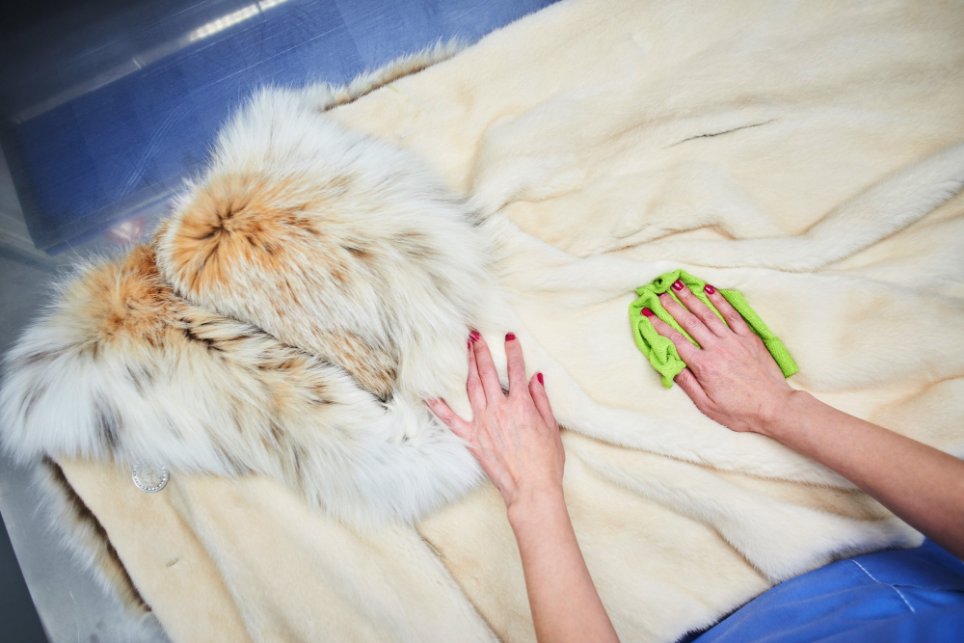
Maintaining faux fur children’s clothing properly extends its life and keeps it looking its best. I’ve developed these practical care tips through years of experience:
Washing and Drying
Always check garment labels first, as care instructions can vary between manufacturers. For most faux fur items, cold water machine washing on a gentle cycle works best.
Turn garments inside out before washing to protect the fur surface. Use mild detergent without bleach or harsh chemicals, as these can damage synthetic fibres.
Avoid fabric softeners, which can leave residue on faux fur and reduce its softness. Instead, add a quarter cup of white vinegar to the rinse cycle to maintain fluffiness.
Air drying is always preferable to machine drying. If you must use a tumble dryer, select the lowest heat setting and remove the garment while still slightly damp.
Brushing and Maintenance
Regular brushing prevents matting and tangling. Use a wide-toothed comb or pet slicker brush, working in the direction of the fur pile.
For stubborn matting, try spritzing lightly with water and gently combing through while damp. Never use heat from hair dryers or straighteners on synthetic fur.
Address stains promptly using a damp cloth and mild soap. Blot rather than rub to avoid damaging the pile.
Storage Solutions
Store faux fur garments in breathable garment bags, never in plastic which can trap moisture and create musty odours.
Hang coats and jackets on padded hangers to maintain their shape. Smaller accessories can be stored with tissue paper to help them retain their form.
Before storage, ensure items are completely clean and dry. Adding cedar blocks to storage areas helps deter moths and other pests without harsh chemicals.
Styling Faux Fur for Kids

I’ve found that faux fur adds both warmth and style to children’s outfits, making it a practical choice for fashion-conscious parents. The right styling can transform simple pieces into eye-catching ensembles.
Trends in Children’s Fashion
Luxurious faux fur coats are becoming a staple in children’s wardrobes. I recommend pairing them with simple basics to let the fur stand out.
Popular faux fur styles for kids:
- Cropped jackets with jeans
- Hooded gilets over jumpers
- Fur-trimmed parkas with leggings
- Fur-collared cardigans with skirts
I’ve noticed that neutral colours like brown, grey, and cream work best for everyday wear. These shades match easily with other clothes.
Accessorising with Faux Fur
Small fur accessories can make a big impact on children’s outfits. I find that fur-trimmed boots or mittens add a cosy touch without overwhelming the look.
Best faux fur accessories:
- Fur-trimmed boots
- Fluffy earmuffs
- Plush scarves
- Fur-topped bobble hats
- Furry handbags
I suggest limiting fur pieces to one or two per outfit. This keeps the look balanced and age-appropriate.
For special occasions, I like to add sparkly accessories with fur details like hair clips or bag charms.
Seasonal Styling Strategies
Autumn calls for lightweight faux fur gilets layered over long-sleeved tops. These transitional pieces work perfectly for school runs on chilly mornings while allowing children to remain comfortable as temperatures rise throughout the day.
Winter styling focuses on warmth without bulk. I’ve found that faux fur-lined hoods on waterproof shells provide the ideal balance of practicality and style for school playground durability.
Spring transitions benefit from shorter pile faux fur in lighter colours. Consider pastel-toned fur collars or cuffs that add warmth without the heaviness of full winter garments.
For special occasions year-round, detachable faux fur collars transform simple dresses and shirts into statement pieces. These versatile accessories provide excellent value as they can update multiple outfits.
Age-Appropriate Styling Guide

Getting the right balance with faux fur across different age groups requires careful consideration. Based on my experience styling children of various ages, I’ve developed these age-specific recommendations:
Toddlers (1-3 years)
Focus on practical aspects first: easy fastening options like magnetic closures or large buttons work best for toddlers learning independence.
Avoid excessive bulk that restricts movement, particularly important for children mastering walking skills. Shorter pile faux fur reduces the risk of tripping.
Hats and mittens with minimal fur trim provide warmth without overwhelming small frames. Look for designs with elastic or adjustable fastenings that grow with your child.
Primary School Age (4-10 years)
Durability becomes essential as children engage in more active play. Reinforced seams and quality backing materials prevent tears during playground activities.
Removable faux fur trims allow for easier cleaning after inevitable school day spills and stains. This feature also helps extend the wearable season of outer garments.
Introduce subtle fur accessories that complement school uniforms while meeting dress code requirements. Fur-trimmed gloves or hairbands add personality without breaking rules.
Pre-Teens and Teens (11+ years)
Involve older children in selecting styles, as personal expression becomes increasingly important. Offer guidance while respecting their developing fashion preferences.
Trending colours and contemporary cuts help pre-teens feel fashionable among peers. Currently, pastel-toned faux fur and colour-block designs are particularly popular.
Quality becomes more important as teens develop brand awareness. Investing in well-made pieces from respected brands can improve acceptance and wear frequency.
Brands Leading the Way
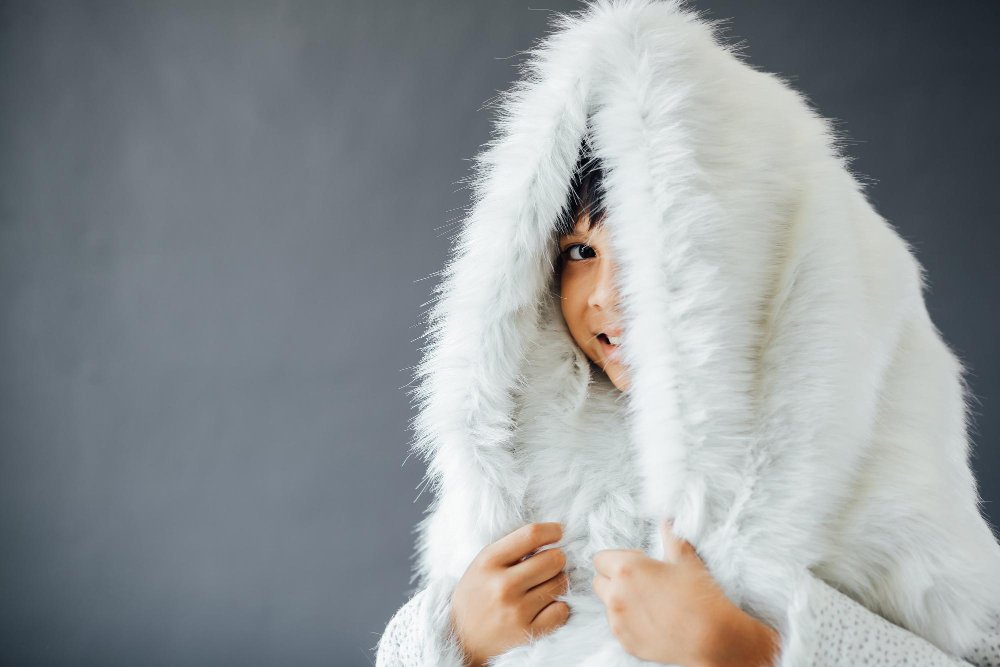
Major fashion brands have embraced faux fur in children’s clothing, creating innovative designs that combine style with ethical values.
Pioneering Companies
Prada has integrated sustainable faux fur into their children’s collections as part of their commitment to responsible fashion. Their designs prove that luxurious faux fur can match the quality of real fur.
I’ve noticed that high-street retailers like Primark now offer affordable faux fur options in their children’s ranges. These pieces include coats, accessories and trims at accessible price points.
Collaborations and Endorsements
Fashion houses are partnering with sustainable material manufacturers to create cutting-edge faux fur textiles. These partnerships focus on developing softer, more durable alternatives.
Generation Z’s focus on animal welfare has pushed brands to create ‘100% cruelty-free’ designs. Many companies now collaborate with animal rights organisations to promote their ethical stance.
Top influencers and young celebrities are wearing and promoting faux fur children’s fashion, helping to normalise these choices amongst their followers.
High Street to Luxury: Brand Comparison
John Lewis has expanded their faux fur offerings significantly, focusing on premium quality. Their Anyday range now includes affordable options while maintaining their quality standards, with prices starting around £25 for accessories.
M&S has pioneered innovative technical features in their faux fur collections. Their Stormwear™ technology combined with faux fur trim creates practical solutions for our variable climate.
Next offers one of the widest ranges of faux fur styles across age groups. Their design team has focused on creating coordinated family collections, allowing siblings of different ages to enjoy matching styles.
At the luxury end, Stella McCartney Kids continues to lead with plant-based fur alternatives. Their latest collection uses innovative corn-based fibres that provide exceptional softness while being biodegradable.
Online specialists like Boden have developed sophisticated colour palettes for their faux fur range, moving beyond traditional browns to include jewel tones and contemporary patterns.
Ethical and Social Considerations
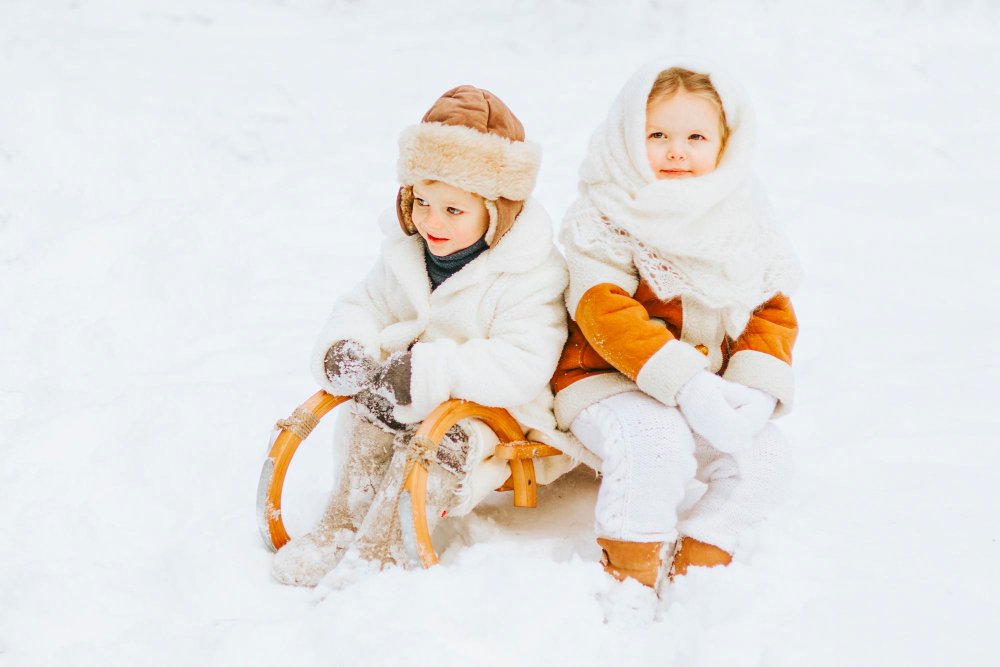
The production of faux fur for children’s fashion raises important questions about both animal protection and worker welfare in manufacturing facilities. These issues shape how brands approach their manufacturing decisions.
Animal Welfare
Faux fur alternatives have gained popularity as a cruelty-free option in children’s fashion. I’ve noticed that synthetic materials can effectively mimic real fur’s appearance without harming animals.
Many fashion brands now proudly label their products as ‘cruelty-free’, appealing to parents who want to teach their children about compassionate choices.
The shift towards faux fur has helped reduce demand for real fur products, protecting animals from harmful farming practices.
Labour Practices in the Faux Fur Industry
The manufacturing of faux fur involves complex production processes that affect worker wellbeing. I’ve found that many factories operate in regions with limited labour protections.
Mass production of synthetic materials often relies on intensive labour in potentially hazardous conditions. Workers may face exposure to chemical treatments and synthetic fibres during production.
Some sustainable fashion brands have begun implementing strict labour standards:
- Fair wages for workers
- Safe working conditions
- Regular health monitoring
- Limited exposure to harmful substances
The Educational Dimension
Faux fur children’s clothing has become an unexpected conversation starter about ethical consumption. Parents report using these garments as teachable moments about animal welfare and sustainable choices.
School projects increasingly incorporate discussions about textile alternatives, with faux fur serving as a tangible example of innovation addressing ethical concerns.
Children’s brands have recognised this educational opportunity, with some including child-friendly information cards explaining the benefits of choosing synthetic alternatives over animal products.
Future Directions

New technologies and regulatory changes will transform faux fur in children’s fashion through advanced synthetic fibres and strict sustainability standards.
Innovation in Faux Fur Technologies
I predict that biodegradable faux fur made from plant-based fibres will become the standard in children’s clothing by 2025. These materials feel softer and more natural than current synthetics.
Smart textiles are entering the faux fur space. I’m seeing the development of temperature-regulating fibres that keep children warm in winter and cool in summer. These innovations make synthetic fur more practical for year-round wear.
Manufacturers are creating new recycling methods for synthetic fur fibres. This means old faux fur garments can be broken down and reformed into new pieces, reducing waste in children’s fashion.
The Role of Policy and Regulation
The government is implementing stricter labelling requirements for synthetic materials in children’s clothing. I expect these rules will help parents make informed choices about faux fur products.
Ethical fashion choices are becoming a priority, leading to new industry standards. Many retailers now require certification that their faux fur meets specific environmental criteria.
Local councils are introducing textile recycling programmes specifically for synthetic materials. These initiatives make it easier for families to responsibly dispose of outgrown faux fur items.
Emerging Fashion Technology Integration
The integration of wearable technology with faux fur garments represents the next frontier. Early prototypes feature LED lighting embedded within fur fibres, creating interactive clothing that appeals to tech-savvy children.
Augmented reality applications now allow children to visualise faux fur garments on themselves before purchase. This technology reduces return rates while making the shopping experience more engaging for young consumers.
3D printing technologies are being adapted to create custom faux fur accessories with personalised textures and patterns. This advancement promises to revolutionise how children’s fashion accessories are designed and manufactured.
Real Parent Perspectives
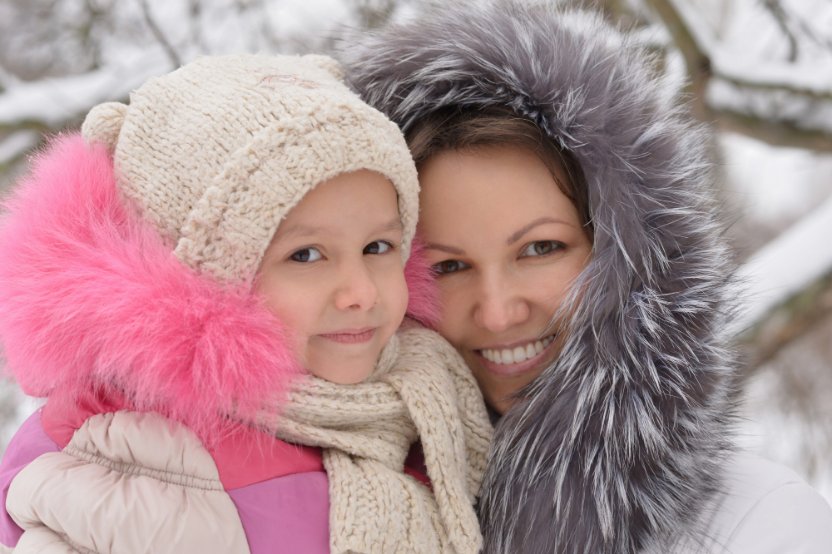
Through conversations with parents across the country, I’ve gathered valuable insights about their experiences with faux fur children’s clothing:
Emma from Manchester
“My daughter’s faux fur gilet has survived two winters of playground abuse and still looks presentable. The durability has completely changed my perspective on synthetic materials.”
Emma notes that despite initial concerns about cleaning, she’s found regular machine washing on gentle cycles maintains the appearance perfectly. Her experience highlights how practical concerns often outweigh aesthetic considerations for busy parents.
Raj from Bristol
“What started as a practical choice for my son’s winter coat has become a surprising teaching moment. He’s now quite proud to explain to his friends that his ‘furry hood’ didn’t harm any animals.”
Raj’s experience reflects a growing trend of children becoming aware of ethical consumption from an early age. He’s noticed his son’s interest in environmental topics has increased since discussions about his clothing began.
Sarah from Edinburgh
“The waterproof faux fur-lined coat has been a game-changer for our rainy school runs. Previous wool coats would stay damp all day, but this dries quickly in the cloakroom.”
Sarah particularly values the climate adaptability of modern faux fur garments, noting how technological improvements have addressed previous limitations of synthetic materials in wet conditions.
Conclusion
The evolution of faux fur in children’s fashion represents more than a passing trend; it reflects a fundamental shift in how parents approach clothing choices for their children. As we’ve explored throughout this article, synthetic fur has successfully transitioned from a simple alternative to a preferred option that balances practical needs with ethical considerations.
Modern manufacturing innovations have addressed previous limitations of faux fur, creating materials that not only mimic the appearance of natural fur but often surpass it in terms of durability, adaptability, and ease of care. The integration of technological features like moisture-wicking properties and temperature regulation demonstrates how children’s fashion continues to evolve with parents’ needs in mind.
What stands out most clearly from market trends is the accelerating demand for responsibly produced children’s clothing. Parents increasingly view their purchasing decisions as reflections of their values, teaching children about ethical consumption through everyday choices. This shift has pushed manufacturers toward greater transparency and more sustainable production practices.
For parents navigating the world of children’s fashion, I recommend:
- Investing in quality pieces with durable backing materials that withstand active play
- Choosing versatile designs with removable fur elements that adapt across seasons
- Selecting easy-care options with machine-washable properties for practical everyday use
- Looking for brands with clear policies on sustainable and ethical manufacturing
- Considering the full lifecycle of garments, including recycling or resale potential
The future of faux fur in children’s fashion looks bright, with continuing innovations in biodegradable materials, improved manufacturing processes, and increasingly creative designs. As parents become more discerning consumers, the industry will likely respond with even greater emphasis on producing children’s clothing that is kind to both the planet and its smallest inhabitants.
Ultimately, the integration of faux fur into children’s fashion showcases how material innovation can successfully address both practical needs and ethical concerns. What began as a simple alternative has blossomed into a versatile, desirable textile that offers warmth, style, and durability while aligning with modern parenting values. As manufacturing techniques continue to advance and consumer awareness grows, we can expect faux fur to remain a staple in children’s wardrobes for generations to come, evolving alongside our understanding of sustainable fashion practices.
Whether you’re purchasing a first faux fur-lined coat for a toddler or helping a teenager select a stylish accessory, the key lies in balancing quality, functionality, and ethical considerations. By making informed choices about faux fur children’s clothing, parents can provide practical warmth while nurturing an understanding of compassionate consumption in the next generation.
Frequently Asked Questions
Faux fur gained widespread acceptance in children’s fashion due to changing attitudes about animal welfare and advances in synthetic materials. Parents choose it for both ethical reasons and practical benefits like easy care and affordability.
What historical developments led to the popularity of faux fur in children’s fashion?
Children’s fashion in the 1990s embraced more unisex and casual styles, with faux fur becoming a popular accent on coats and accessories.
The development of better synthetic materials in the late 20th century made faux fur more realistic and appealing for children’s clothing.
What are the environmental impacts of choosing faux fur over real fur for children’s attire?
Synthetic faux fur requires less land and water usage compared to raising animals for real fur.
Most faux fur is made from petroleum-based materials, which can take many years to break down in landfills.
How has fur been symbolically represented in fashion trends throughout history?
Fur traditionally symbolised luxury, warmth and status in fashion. The role of fur has evolved from a luxury icon to an ethical consideration.
In children’s wear, faux fur often represents playfulness and comfort rather than status.
What sparked the initial rise in faux fur’s popularity in the fashion industry?
Growing awareness of animal welfare issues led many consumers to seek cruelty-free alternatives to real fur.
Faux fur emerged as a popular option when synthetic materials improved enough to mimic the look and feel of real fur.
In what ways is faux fur considered beneficial over real fur in the context of fashion?
Faux fur offers more versatility in colours and styles while remaining budget-friendly for growing children.
It requires simpler maintenance and can be machine washed, making it practical for children’s daily wear.
What are the primary reasons for incorporating fur into the design of fashion garments?
Fur adds texture and visual interest to clothing while providing warmth in cold weather.
In children’s clothing, faux fur creates cosy, comfortable pieces that appeal to both parents and children.
How should I choose the right faux fur weight for different seasons?
For autumn and spring, opt for shorter pile faux fur with lightweight backing fabrics. These provide warmth without excessive heat retention, making them suitable for variable temperatures.
Winter calls for denser pile and thicker backing materials, especially for outerwear. Look for designs with wind-blocking features integrated alongside the faux fur elements.
Indoor winter garments like gilets work best with medium-pile fur that provides warmth without restricting movement during indoor activities.

